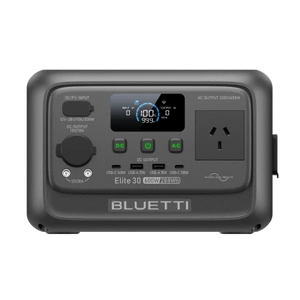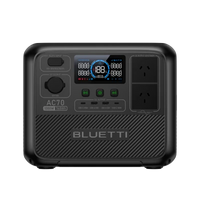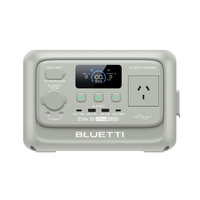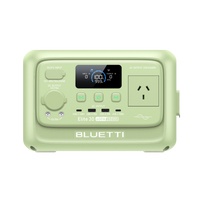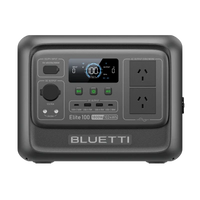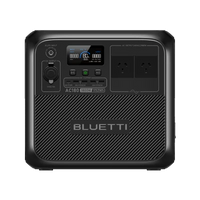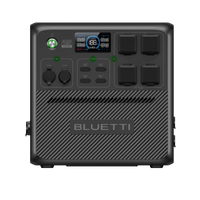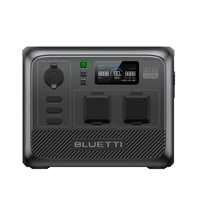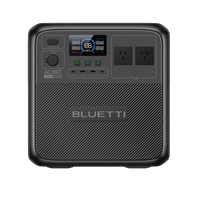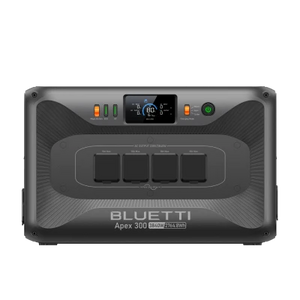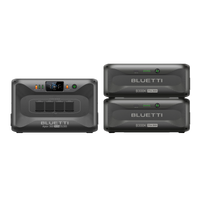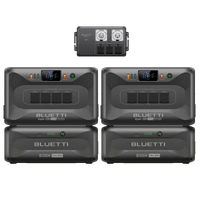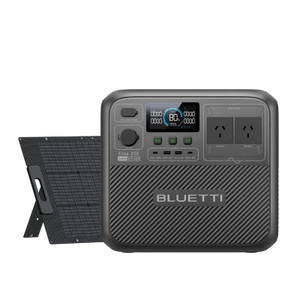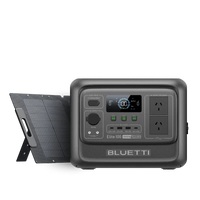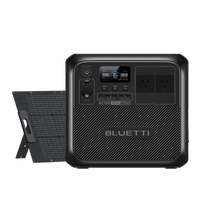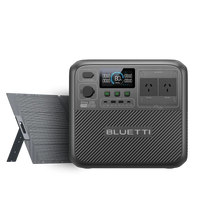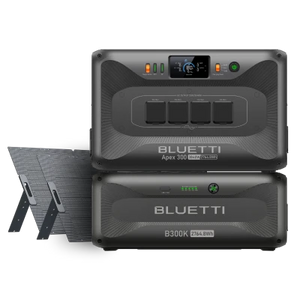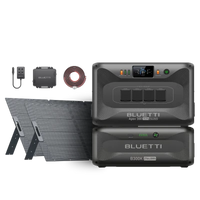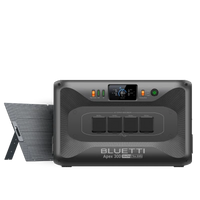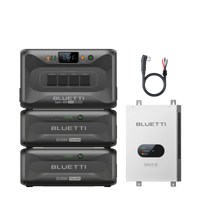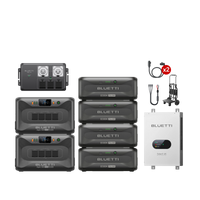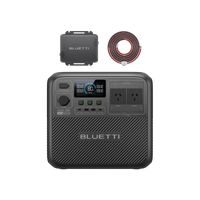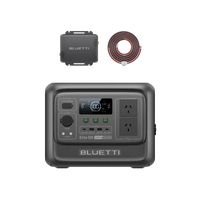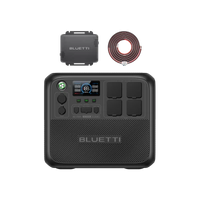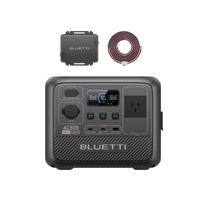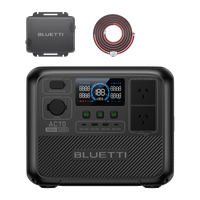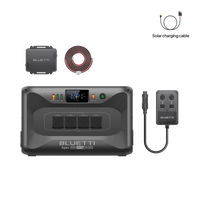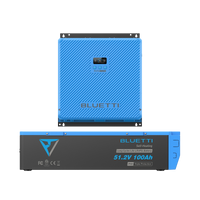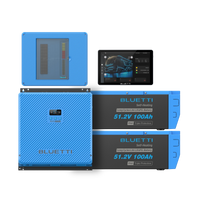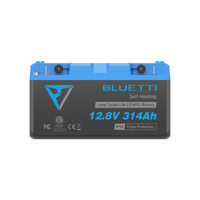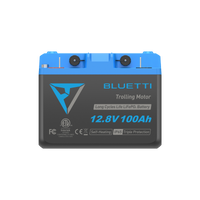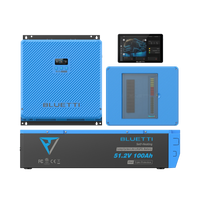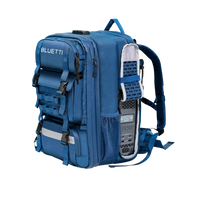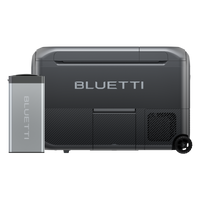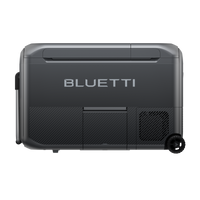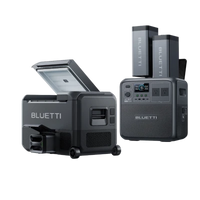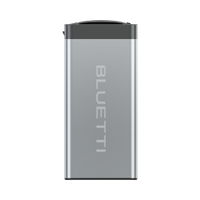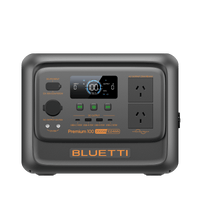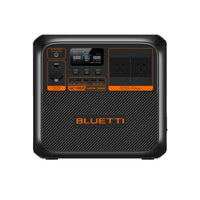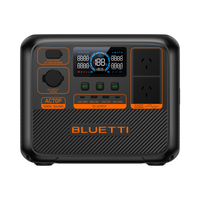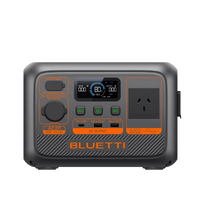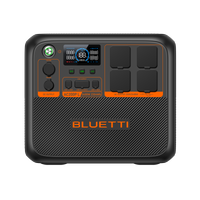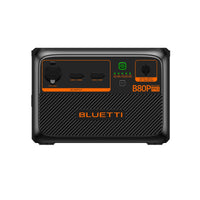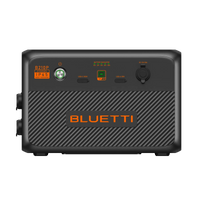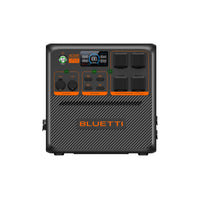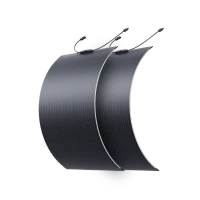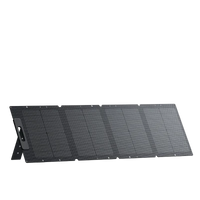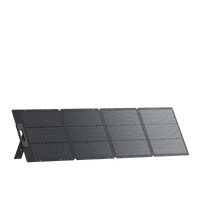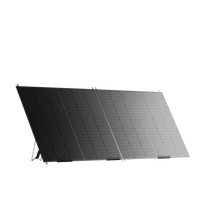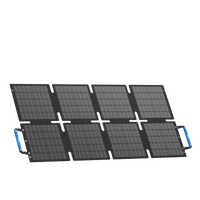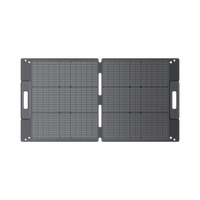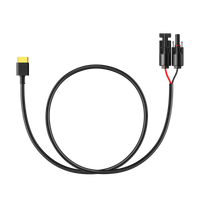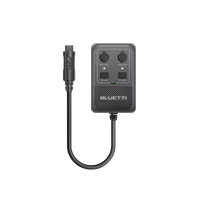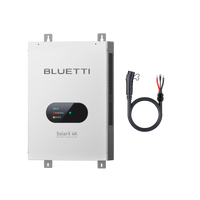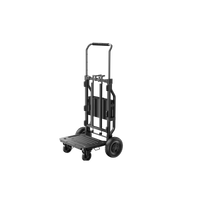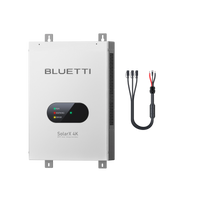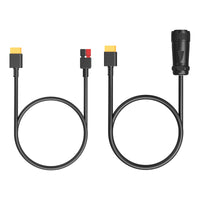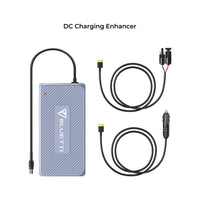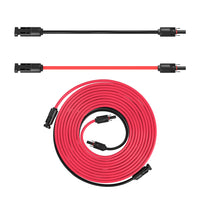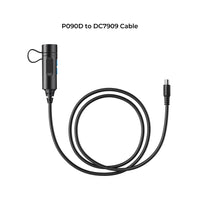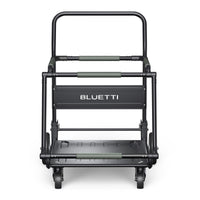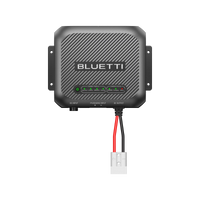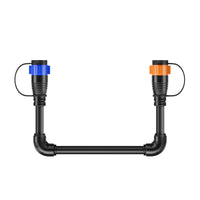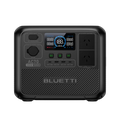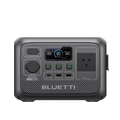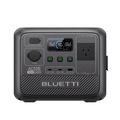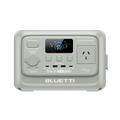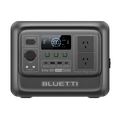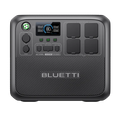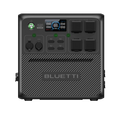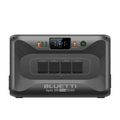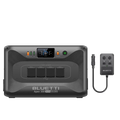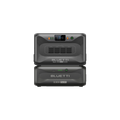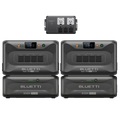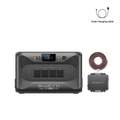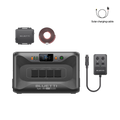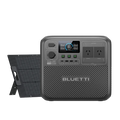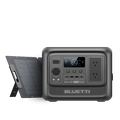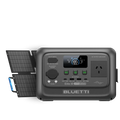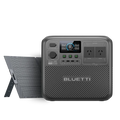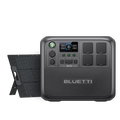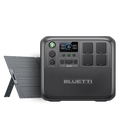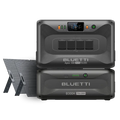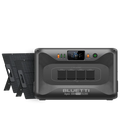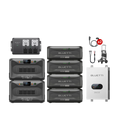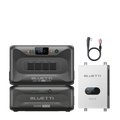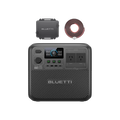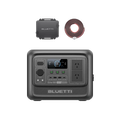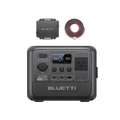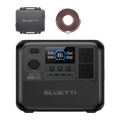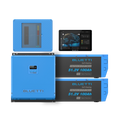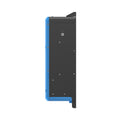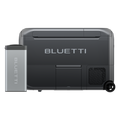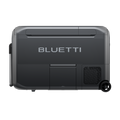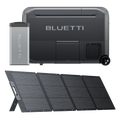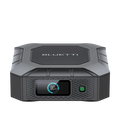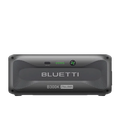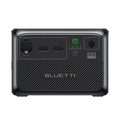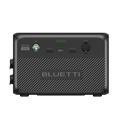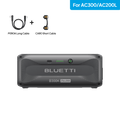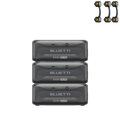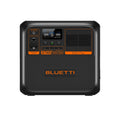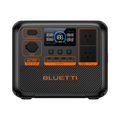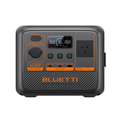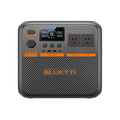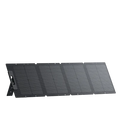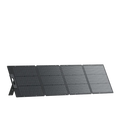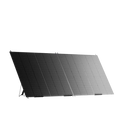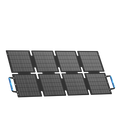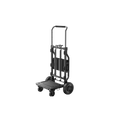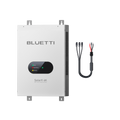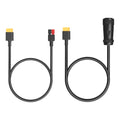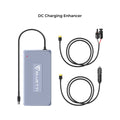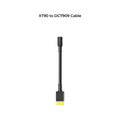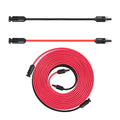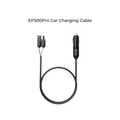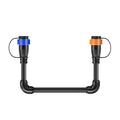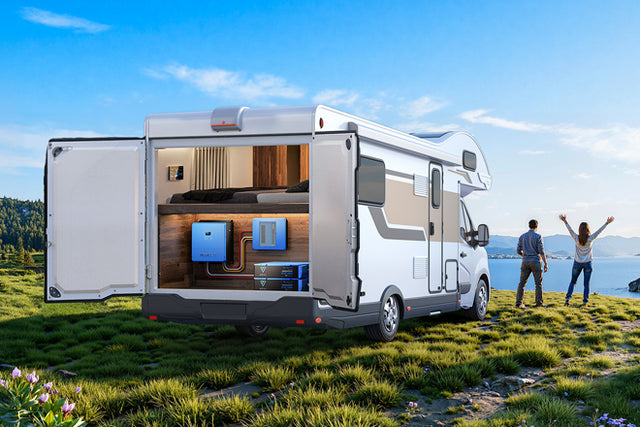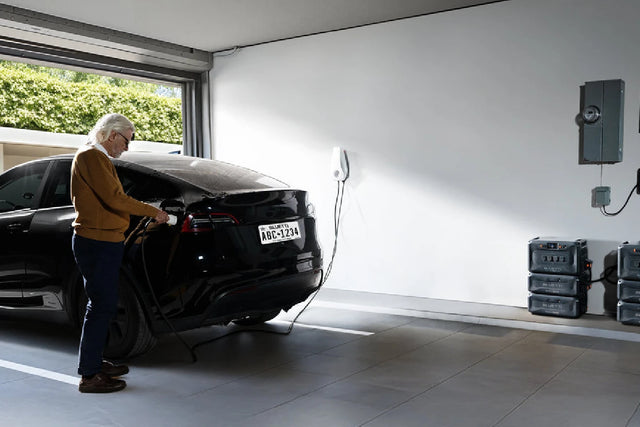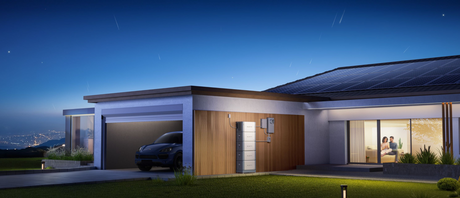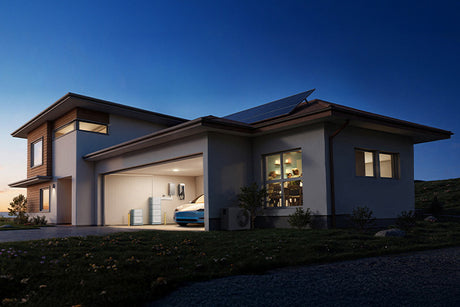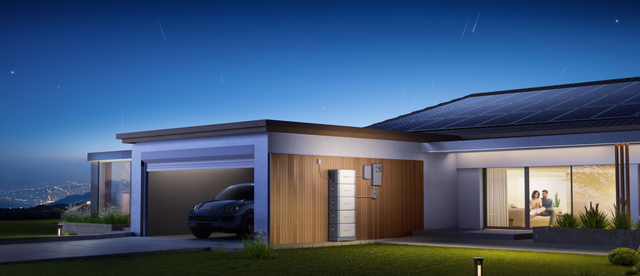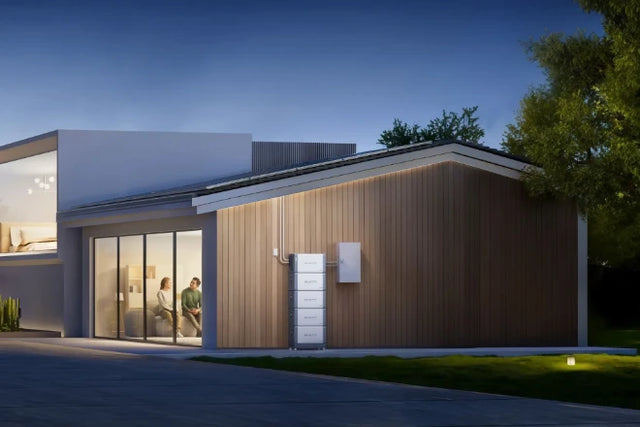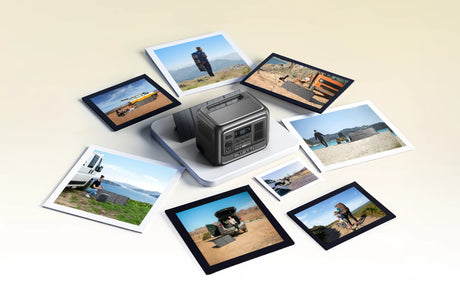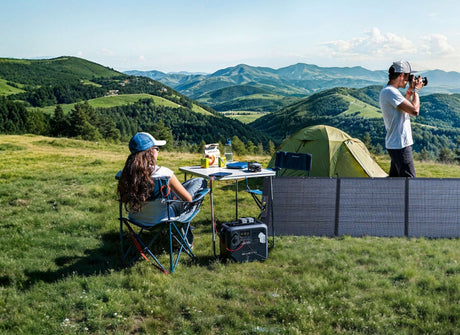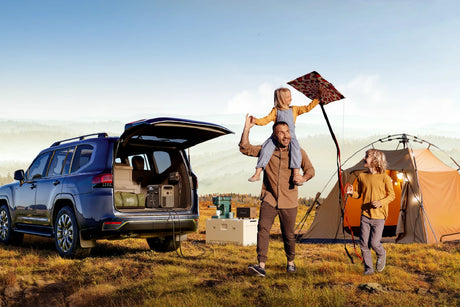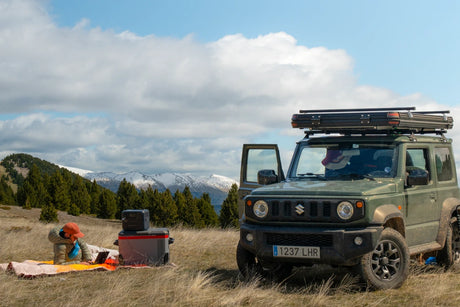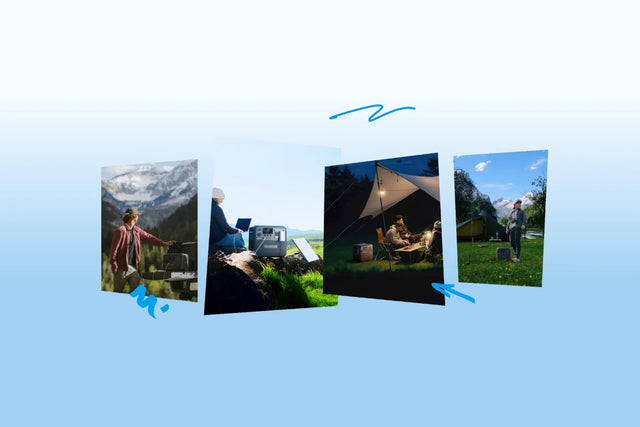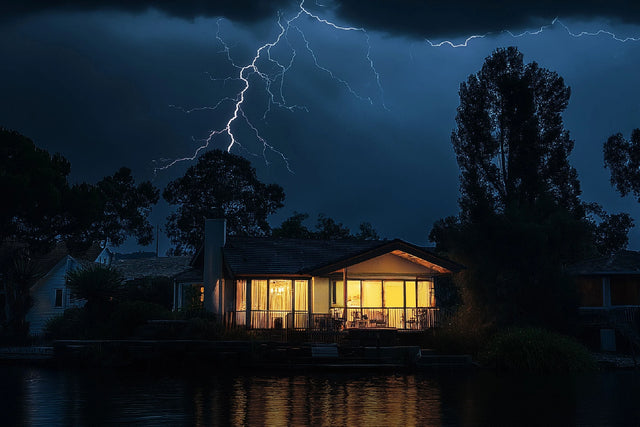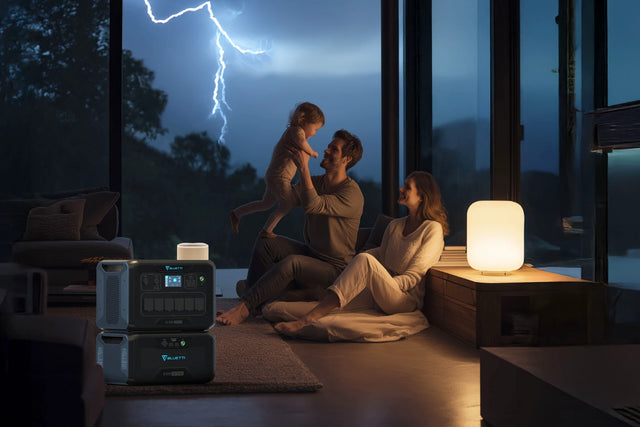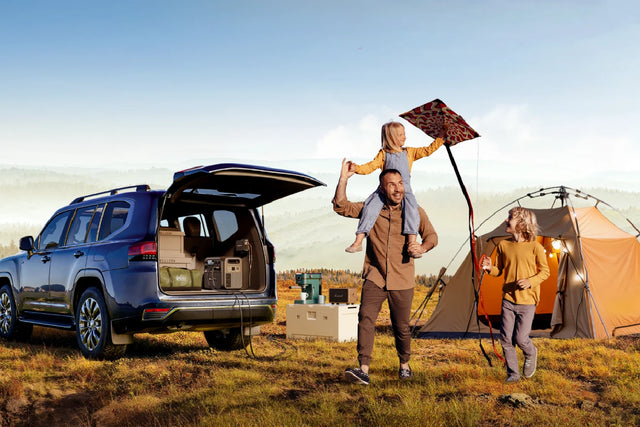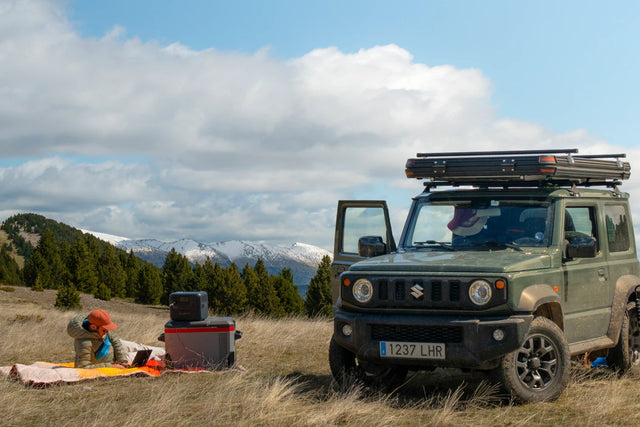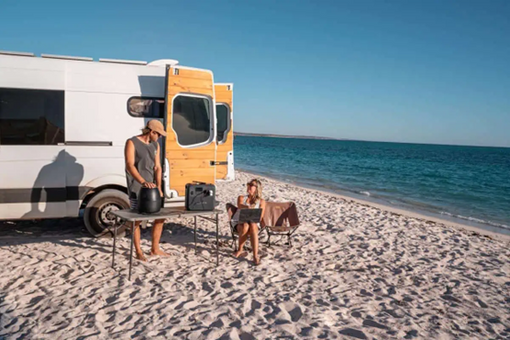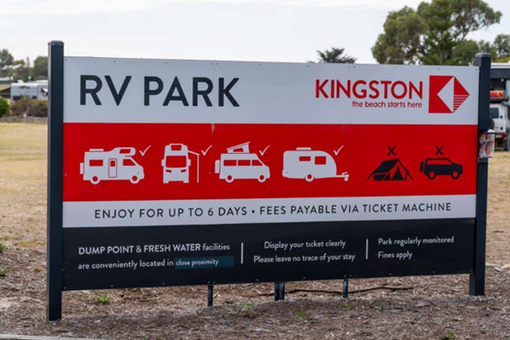Weekend camping out no longer needs to be served with warm drinks. Fresh meals do not last long in the Australian heat. But the good news is that these issues are addressed with a portable fridge for camping. No more cases of melting ice or wet sandwiches. Camping fridges preserve meals for days. Actually, the right 12V fridge works effectively on your car. In addition, compressor fridges are always efficient in hot Australian climates. Therefore, it's crucial to know the available portable fridge choices. This will help you make the right choice.
Types of Portable Camping Fridges
Various camping fridge technologies apply to various camping requirements in this case. Knowing all of them will allow you to select the correct one. Now we shall discuss the three most prominent options.
Compressor Fridges
Compressor fridges apply the same technology with the home fridges. Here refrigerant gas is compressed by a motor to create cooling. They have been the most popular choices when it comes to portable fridge for camping.
How they work for long trips:
These 12V fridges are operated in the same manner as your kitchen fridge. Here, the compressor is automatically turned on and off. A thermostat is used to regulate the exact desired temperature. The cold air flows all over the compartment and keeps the overall food items fresh.
They can cool rapidly even under extreme conditions of heat. The freezing temperature for most models is also achieved reliably. Ice cream can be stored at the outback. The temperature is always the same irrespective of external conditions.
Pros and cons to consider:
- Keep accurate temperatures at all times.
- Quickly cools down from room temperature.
- Easily work as a fridge or freezer.
- Features modern technology and is also energy efficient.
- Dependable performance in a long period.
- Increased initial expense compared to others.
- When running, the compressor is somewhat noisy.
- Much heavy compared to thermoelectric coolers.
Performance in hot Australian climates:
Camping fridges are put through the test by Australian summers on a daily basis. Nevertheless, compressor models manage heat very well in this case. They are set at constant temperatures even when the ambient temperature reaches 45 degrees. In addition, they do not have difficulties with working on steep angles. This renders them ideal in off road adventures.
Absorption Three Way Fridges
Absorption fridges currently operate on a variety of power sources. They utilize gas, 12V power or mains electricity. The cooling process is done by heat instead of compression.
Use with gas for off grid:
These are camping fridges that are ideal during long off grid camping. A single gas bottle runs for weeks in those remote areas. Thus, they are ideal in permanent camping sites that do not have power supply. They are highly adaptable as far as camping is concerned because of the use of gas. LPG bottles are readily available everywhere as well.
Downsides with efficiency in heat:
Nonetheless, absorption models feature significant demerits in heat. To function correctly, they remain completely in the level. Productivity is reduced significantly during hot weather. Summers in Australia are tough on them as the temperature goes past 35. Also, the cooling power is reduced by half at times regrettably.
Thermoelectric Coolers
Electricity is used in thermoelectric coolers to cool the heat. They are the cheaper alternative for the casual campers. A machine transfers the heat internally to the out.
Budget option with limited cooling:
These units are not able to compete with compressor camping fridge. They cool down to 18 or 20 degrees below ambient. On a day of 35 degrees, they don't go more than 15. This is where food safety gets questionable under the Australian heat.
Best for short trips only:
Thus, they can be utilized on day trips or overnight camping. They store pre-chilled items on a temporary basis. Do not depend on them to be effective on a multi day expedition. The risk of food spoilage is always high after 24 hours.
Choosing the Right Size and Capacity
The size of your portable fridge is an enormous factor to your camping experience here. Too small indicates lack of sufficient food storage. Big sizes wastes power and the space of your vehicle. Always match your capacity to your needs in camping.
Matching Size to Group Size
The camping fridge minimum capacity depends on your group size. Families obviously require as much space as solo campers. Take into consideration trip duration when selecting size also.
Solo or couple: 20 to 40 litres
In this case, small 12V fridges are just right for weekend getaways. For instance, a30 litres one can hold two-person food. This is an easy to fit size between front seats as well. Weight is manageable when it is carried by an individual.
Family of 4: 40 to 60 litres
Mid size camping fridges are suitable for family camping trips. 50 litres will give adequate storage for four people. This is the amount of capacity that works well for a long weekend.
Large groups or extended trips: 70 litres plus
Serious adventurers require a large portable fridge for camping capacity. 80 litre models are just right for camping for week long expeditions. This size is advantageous to several families who are camping.
Food and Drink Needs
Camping fridges also depend on your diet. For instance, the fresh food cooks require excess fridge space.
Fresh food vs frozen meals:
There is always plenty of fridge space occupied by fresh produce. Vegetables, salad and fruits should be properly stored. Meat should be kept under cold conditions. Frozen meals, on the other hand, occupy less space. They can be frozen longer at suitable freezing temperatures.
Drinks heavy vs meal prep style campers:
There are campers who are not fond of food, but cold beverages. The spaces for beer and soft drinks are always large. In the meantime, the containers of cooked food are stored by meal preppers. This necessitates the presence of shelves that are flexible and have organization capabilities.
Capacity Guide by Trip Duration and Group Size:
| Group Size | Trip Duration | Recommended Capacity |
| 1-2 people | 2-3 days | 30-40 litres |
| 3-4 people | 2-3 days | 40-50 litres |
| 3-4 people | 4-7 days | 50-65 litres |
| 5+ people | 4-7 days | 70-80 litres |
Power and Energy Considerations
Knowledge of power requirements puts dead batteries at bay always. Camping fridges work 24 hours, seven days per week. Correct power management is crucial. It ensures effective operation during the entire trip.
Power Sources
Portable fridges for camping have more than one power input. Flexibility allows you to recharge at any place. Thus, planning of power sources is crucial as it averts sudden shutdowns that are likely to occur.
Available power options:
- 12V and 24V car battery power
- Home/campsites with 240 V Mains power.
- Only gas for absorption models.
- Solar panels having charge controllers.
- Lithium-powered portable power stations.
The majority of 12V fridges can be plugged in cigarette lighter sockets. This is a direct charge from your vehicle battery. But this will flatten batteries if not careful. New fridges stand out for coming with in-built battery protection capabilities.
Energy Consumption
The power draw of a camping fridge depends on a lot of things. Knowledge in consumption assists in planning the battery capacity. Draw is mainly influenced by temperature settings and conditions.
Current draw in amps:
The usual compressor 12v fridges use 2.5 to 5 amps. Here the compressor operates automatically on and off. A mean of draw during a 24-hour period is always the most important. A 40 litre camping fridge consumes 25 to 35 amp hours. The bigger 60 litre models use 35 to 50 amp hour.
How ambient temperature changes draw:
Fridges have to work harder in hot weather. In high heat, the compressor is more often-used. The power consumption may increase by a factor of two on 40 degree days. As such, make sure that your portable fridge for camping is under shade at all times. Heat gain should be minimized using insulation covers.
Battery Protection
Adequate battery maintenance ensures that one is not caught stuck somewhere far away. 12V fridges consume vehicle batteries very fast. Also, protection elements shield your electrical system 24/7.
Voltage cut offs:
Quality camping fridges check battery voltage at all times. When the voltage becomes low, they automatically switch off. This eliminates the habit of destroying your car starting battery. Three level cut offs setups are the most effective.
Dual battery systems:
It's common for fridges to be fitted with second batteries by serious campers. An isolator divides the starting battery and the auxiliary one. This ensures you're never caught with a flat battery. Lithium auxiliary batteries are the most preferable to use currently.
Average Power Draw at Different Temperatures:
| Fridge Size | 25°C Ambient | 40°C Ambient |
| 40L fridge | 25-30 AH/day | 45-50 AH/day |
| 60L fridge | 35-40 AH/day | 60-70 AH/day |
Portability and Vehicle Fit
Portable fridges for camping should be able to fit into your car. Their size and weight influence the location of the mounting. Safety and performance are always guaranteed by proper installation.

Weight and Size
The empty weight of the models varies greatly from one to another. Compressor fridges are heavier than the thermoelectric coolers. The loaded weight shoots up drastically with food as well as drinks.
Empty vs loaded weight:
An empty 40 litre camping fridge has a weight of 15 to 20 kg. The weight of a full load of supplies increases by 20 kg. This is 35 to 40 kg that you are moving. Bigger models of 60 litre have an empty weight of 25kg. They reach 45 to 50 kg when 100% loaded.
Handling and carrying considerations:
Best quality 12V fridges have good handles at each end. During transportation, the recessed handles play a crucial role. They help in providing protection against damage. Confirm whether handles are tie down points as well. This is to ensure that your portable fridge for camping is safe when you are on the road.
Vehicle Compatibility
The camping fridge you choose also depends on your vehicle. Various vehicles have varying space and access in this regard. Create the installation plan first, and then buy your model of fridge.
Boot space, roof racks, 4WD setups:
Before purchasing, make sure to measure your cargo area. Take into consideration wheel wells plus irregular shapes as well. The 12V fridge has to be mounted on a flat surface. In this case, fridge slides always make access easier. Ute canopies provide good mounting points for that camping fridge. Other adventurers even attach fridges on roof racks.
Ventilation and airflow:
Compressor fridges should have sufficient air flow around them. Compressor heat should be shed away efficiently. Obstructed vents cause overheating and higher power consumption. Lastly, ensure you leave a minimum clearance of 5cm on all sides.
Accessibility
Accessibility of your 12V fridge influences convenience on a daily basis. Top opening and front opening have various advantages. The lid style selection should be based on the mounting height.
Lid opening top vs front:
Conventional camping fridges open from the top downwards. When you open them, cold air remains to stay indoors. Reaching, however, items at the bottom becomes difficult in this case. Home fridges are instead like front opening models. And everything is visible and easily accessible at all times.
Baskets and drawer access:
Removable baskets play a crucial role when it comes to organizing the contents of the portable fridge for camping. They do their work by not letting things mix. Small things will not be lost at the bottom any more. Other high quality models come with compartments in the form of drawers as well.
Performance in Real Camping Conditions
The camping situation in Australia subjects portable fridges to challenging conditions. Durability is tested here by extreme heat. Thus, real world performance helps in making the right expectations.
Hot Australian Climates
The climate in Australia varies between desert and tropical humidity. These expose different challenges to camping fridges in each environment. Your refrigerator has to endure whatever the situation is.
Desert vs coastal camping:
Extremes of temperatures are day-to-day occurrences with desert camping. Temperatures in the daytime are over 45 degrees often in summer. Your 12 volt refrigerator overworks on hot days. In the meantime, coastal camping is providing a humidity factor into the equation here. Metal components are corroded by salt air over a period of time.
Extra insulation covers:
Camping fridge will always be more efficient with insulated covers. They lessen the heat penetration by 30 to 50 percent. This reduces the amount of power being used during hot weather. Quality covers are snugly fitted all the way across the fridge.
Long Trips Off Grid
Long distance camping involves serious power planning. Don't let car charging be the only charging source for your portable fridge for camping. Solar and battery systems have now become necessary equipment.
Pairing with solar panels or power stations:
Solar panels with the 100 watt capacity are sufficient to power 40 litre 12V fridges with ease. 200 watt models can be used to power larger 60 litre fridges. Besides, off grid camping is made easy by portable power stations. Solar panels are efficient in power generation, which is then stored in lithium batteries.
Tips for maximizing efficiency:
- Pre cool the refrigerator before you leave home.
- Pack already cold items from another fridge.
- Fridge should be packed to full to avoid fluctuations in temperature.
- Quickly open the lid and reduce frequency.
- Park in shade rather than sun
Features and Add Ons Worth Considering
Today, the modern camping fridges provide a lot of convenience features. And some really make your camping experience a lot better. However, consider these features in accordance with your real need.
Dual Zone Capability
Dual zone camping fridges provide freezer and fridge at the same time. In this case, a divider exists between the two compartments. There are separate temperature settings in each zone.
Fridge plus freezer at once:
One side has vegetables and drinks that are well chilled. In the meantime, the other side has frozen meat and ice cream. This is a great feature that is useful during long camping trips.
Ideal for families:
In this case, the dual zone element is most advantageous to families. Children would demand ice cream and adults fresh salads. The needs of everyone are provided with appropriate temperature zones.
Smart Features
Portable fridge technology stands out. Here, remote monitoring is added by Bluetooth and WiFi connectivity. The apps allow you to manage settings in your phone.
Digital displays, app controls, alarms:
- LCD screens show the exact temperatures in an accurate manner.
- Smartphone applications have an easy connection through Bluetooth.
- Keep track of the temperature from your tent.
- You have alarms to remind you to close the door.
- There are temperature alarms when there is a cooling failure.
Durability
Camping fridges are exposed to cruel conditions and rough treatment. Here, the lifespan of your investment is determined by quality construction. Low-cost models do not last long in challenging conditions.
Hinges, handles, casing, weather resistance:
Solid/reinforced metal hinges will last much longer than the plastic ones. In fact, they are exposed to thousands of open-close cycles. Handles must be able to take full loaded weight. Besides, handles made of stainless steel are resistant to corrosion. This is mainly on the coast. Also, the tough ABS plastic is good in impact resistance.
Cost and Value
The prices of portable fridge for camping are variable depending on features. Thus, the knowledge of cost vs. value is helpful in making wise decisions. All levels have their characteristics and quality.

Price Ranges
The prices of camping fridges are within the range of cheap and luxury. Adjust your budget to the level of camping and camping frequency.
- Entry level $400 to $700:
Budget 12V refrigerators offer standard cooling operation satisfactorily. They are suitable with the infrequent weekend camping. Here, the quality of the building and functionality is kept at a minimum.
- Mid range $800 to $1,500:
Most Australian campers do select mid range camping fridges. They are financially sound in terms of features and reliability. They are of high quality and much better than budget options currently available.
- Premium $1,500 and above:
Premium portable fridges for camping have all features. These are dual zone functionality, Wi-Fi connection, and better insulation. Such fridges last 10 to 15 years with ease.
Running Costs
Initial purchase price is only one of the components of total cost. The cost of running a camping fridge accumulates with the years.
Daily electricity needs:
The efficient 12V fridges reduce the amount of power consumed on a daily basis. This minimizes battery requirements and rate of recharge. Divide amp hours daily by your climatic conditions.
Long term battery and maintenance costs:
Good camping fridges require little lifespan maintenance. Always clean up condenser coils on an annual basis to ensure maximum efficiency. The cost of replacing batteries is important for users of power stations.
Price vs Features vs Expected Lifespan:
| Price Range | Key Features | Expected Lifespan |
| $400-$700 | Basic cooling | 5-7 years |
| $800-$1,200 | Digital control | 8-10 years |
| $1,200-$1,800 | Dual zone, app | 10-12 years |
| $1,800+ | All features | 12-15 years |
Practical Tips Before Buying
Smart planning/purchasing helps one to avoid costly errors in ordering portable fridges. While shopping mindfully, follow this step by step approach.
Checklist
Every step will make you settle on the appropriate model here.
Key considerations:
- Make sure you measure your car space.
- Determine the foods and beverages loads on a daily basis.
- Select size of fridge to fit power system.
- Check weight limits on your vehicle.
- Take into account access and mounting options.
Common Mistakes to Avoid
Most campers commit errors that can be avoided during the purchase of fridges. It is cheaper and less frustrating to learn through the mistakes of other people.
Buying too small or too big:
Small camping fridges lead to hard decisions regarding what should be carried. You can never carry enough for your lot. On the other hand, large fridges that are not fully filled consume unnecessary power to cool unnecessary empty space.
Ignoring energy consumption:
When power consumption is high, it consumes batteries at an alarming rate. You need larger battery banks and solar arrays. This is a huge increment on the overall system cost.
Forgetting about weight when fully loaded:
The weight of an empty camping fridge appears bearable during shopping. But on the inside add 20 kg of food and drinks. Now you have to have two people to push it.
Why Power Your Camping Fridge with BLUETTI
The portable fridge for camping fridge can operate efficiently with reliable power. BLUETTI portable power stations resolve the power issues in camping. The light weight lithium technology allows days of fridge operation.
BLUETTI Elite 30 V2
BLUETTI Elite 30 V2 is made to match the casual campers. This small power station is 288Wh and it only weighs 4.3 kg. It has no problem with powering small 12V fridges on weekends. Besides, the Elite 30 V2 has a continuous power output of 600W. This is able to cope with 40 litre camping fridges. Within 45 minutes, you get fast charging to 80 percent. Also, there are several output ports that will charge phones and lights at the same time.

BLUETTI Elite 100 V2
The BLUETTI Elite 100 V2 power station is needed by serious campers. It has an impressive 1,024Wh that delivers power to fridges for days. The 1,800W output is capable of powering the 60 litre models as well. It can run your portable fridge for 24 to 36 hours. It also allows direct connection of up to 1,000W of solar panels. Additionally, the Elite 100 V2 has a weight of 11.5kg. Generally, it's ideal when camping with the family or where there is a long distance to cover.

Conclusion
The decision on the best portable fridge to take on a camping trip changes the outdoor adventures. The capacity of the fridge must match with the group size and trip duration. Take into account electrical system setup power requirements. Compressor fridges are the most appropriate for the conditions of Australia. They are able to keep the temperatures constant despite the weather encountered.
Make the investments in proper power sources, such as BLUETTI power stations. This provides your camping fridge with reliability in trips. Also, select the fridge depending on the camping style and environment.
Frequently Asked Questions
- What is the best size of a portable fridge for camping?
In the case of couples, a 30 to 40 litre camping fridge is sufficient. Between 50 and 60 litres is required to sustain a family. Large populations demand 70 litres or above storage.
- What is the amount of power consumed by a 12V camping fridge?
An average 12 V fridge that has a capacity of 40 litre uses 25 to 35 amp hours of power per day. Hot weather raises the consumption by 30-50 percent.
- Is it possible to operate a camping fridge using a car battery?
Yes, but utilize battery protection elements to avoid draining it. Also, install two battery systems for long camping journeys.
- Should I get a fridge slide to my camping fridge?
Fridge slides help in making top opening portable fridges very convenient. They are needed when you have the fridges mounted on cars at high heights.
- Which is more appropriate, compressor or thermoelectric camping fridge?
In heat conditions in Australia, compressor fridges are much better. Thermoelectric coolers are only applicable on short day trips.
